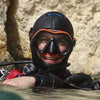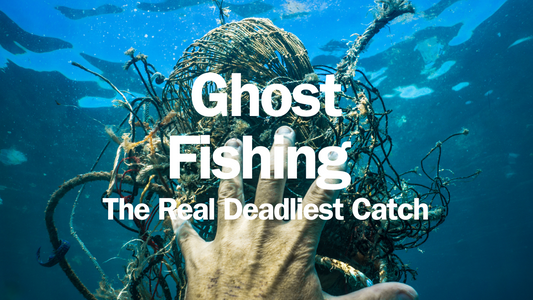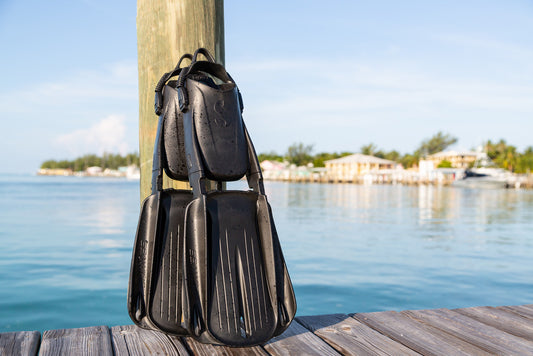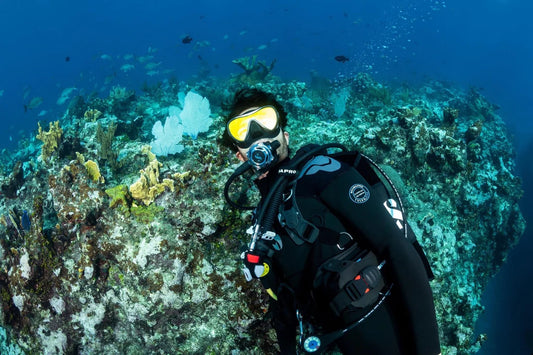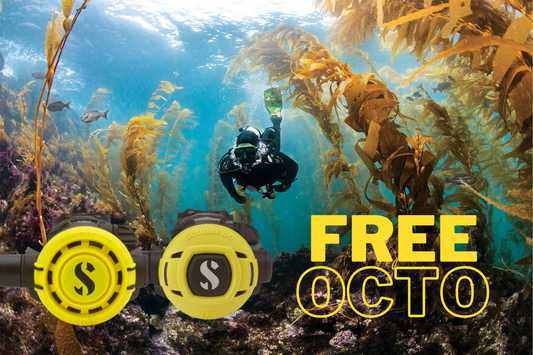
A regulator is the device that allows you to breathe air from your tank. The modern two-stage scuba-diving regulator valve started off life as a relatively simple item of engineering. Its function is to reduce the pressure of the gas being delivered from the tank through the first-stage to around eight to ten bars more than ambient pressure and then to reduce it further, at the second-stage to match the surrounding water pressure. In this way there is little or virtually no effort to inhalation. It then has to allow the user to exhale away the unused part of that inhaled gas as bubbles into the water. Exhaled air is simply bubbled out into the water. The idea is to make breathing as natural as possible.
Regulators vary in price by about ten to one. One could be forgiven for thinking that the best performing regulator is the most expensive and that the cheapest would be hard to breathe from but it's not true. There is no way of finding out which one is best, by trying a regulator in the shop. What you can see is the specification of a regulator, its design features, what it's made of and how nicely it has been finished.
Regulators employ either a diaphragm or piston-type first-stage. Generally speaking pistons give high performance but are less suitable than diaphragm designs for use in cold fresh water since their working parts usually come into contact with that water.
A balanced first-stage will keep demand pressure constant regardless of what the pressure of air is in the tank. In other words a balanced first-stage will not prove more difficult to breathe from as the tank gradually empties. Very cheap regulators tend to have unbalanced first-stages.
The second-stage is held in the mouth. Most are made predominantly from a plastic material because it makes a regulator lighter. However plastic does not have any heat-sink qualities, which can be important if the diver intends to use it in cold fresh water. Some manufacturers resort to adding metal inserts whereas others simply make the whole item from metal.
Some regulators have a breathing-resistance adjustment knob that can be used to vary the amount of effort needed to crack open the valve with the initial part of an inhalation. The clean flow of air within the body of the second-stage can cause a venturi-effect with consequent reduced breathing effort. However this can cause exponential free-flows under certain conditions so a venturi plus/minus switch positions a vane within the flow to disrupt it. Again not all regulators have this and some of the more expensive ones positively eschew the idea.
The design and function of the purge valve can be crucial too. It's used to give a boost of air to clear water from the mouthpiece should it flood. The design of the exhaust T is important too because you don't want to have to continually look through a curtain of your own exhaled bubbles.
Regulators have ports that allow hoses for ancillary equipment to be fitted. One is the pressure gauge. It shows the pressure of air remaining in the tank and it used simply like a fuel gauge. You will be taught how to manage your air supplies.
DIN connection or International A-clamp? The international A-clamp connection between regulator first-stage and the tank valve is universally accepted throughout the world. They press and hold the two parts together with an air-tight seal provided by a small rubber O-ring fitted to the tank. Regulators with a screw in DIN connections have their own 'trapped' O-ring which offer some advantages in precision fitting although DIN-fitting tank valves can be less resilient to rough handling. This probably accounts for their popularity in developing countries. If you want to use gas supplies of higher pressures than 230bars, a 300 bar DIN connection is the only type of fitting possible and these are now in standard use among technical divers.
Happy Diving - John Bantin
